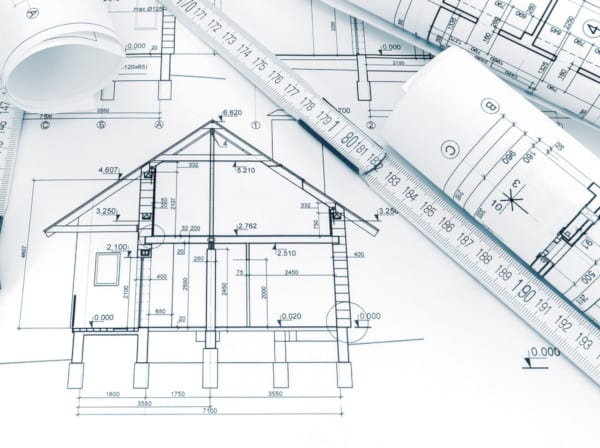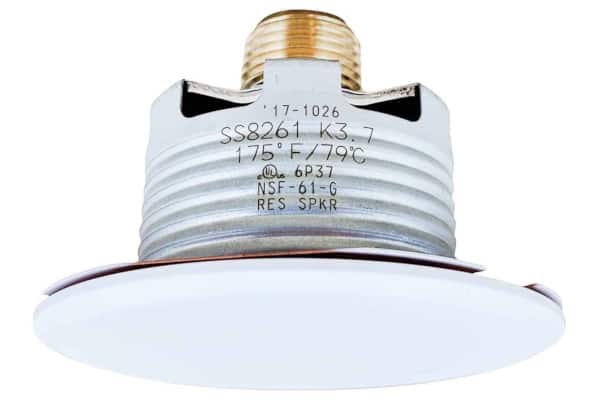Various states adopt, block, or omit the IRC and NFPA residential fire sprinkler mandates
Both National Fire Protection Association (NFPA) model codes and the International Residential Code (IRC) now “mandate” residential fire sprinklers in all new one- and two-family homes. None of these requirements have the force of law, however, until governments say so.
And while 49 states and the District of Colombia have adopted the IRC as their framework for laws governing new construction, only California, Maryland, and Washington DC have made the residential fire sprinkler requirement law. In contrast, the majority of states have enacted statewide bans that prevent local governments from adopting the requirement, whereas others let cities and towns mandate sprinklers. This ongoing legislative fight has pitted fire safety professionals and other advocates against home builders groups, realtors, and some residents.
Part one of our series on residential sprinkler requirements provided an overview of the battle, including how model codes are adopted and a look at home fire sprinkler cost estimates. In this installment, we take a closer look at how some individual states and cities have reacted to NFPA and IRC mandates, providing a glimpse into the way public policy gets changed—or doesn’t.
Lobbying influence proves pivotal in many states
When adopting a model code like the IRC, jurisdictions often amend the code to reflect local practices and laws. This process is ongoing, dynamic, and in some cases, dramatic.
- The vast majority of states have adopted the IRC WITHOUT the residential sprinkler requirement. Again, only California and Maryland, plus the District of Columbia, have given the mandate the force of law.
- 29 states prohibit local governments from requiring home fire sprinklers. Georgia, for example, currently uses the 2012 version of the IRC but enacted legislation in 2010 that bans any local residential sprinkler mandate, past or future.
- 19 states allow local governments to mandate sprinklers, though there is no statewide requirement. Scottsdale, AZ, for example, has required all new single-family homes to have fire sprinklers since January 1, 1986.
- Other states adopt residential fire sprinklers in part and with exceptions. For example, North Carolina—which has a statewide ban on local governments instituting residential sprinkler requirements—adopted the IRC but revised the code to mandate residential sprinklers for townhomes only, with an option to use a two-hour fire separation barrier between units in lieu of sprinkler protection. Ohio has also negotiated construction trade-offs for home fire sprinklers.

Let’s take a closer look at some of the hard-won victories and defeats that blanket the legislative battlefield:
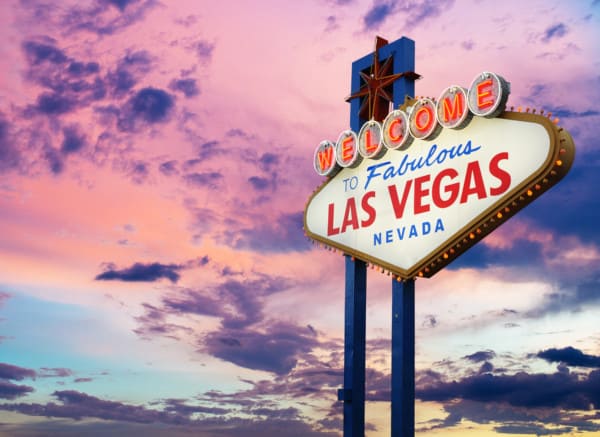
Residential fire sprinkler legislation in Nevada
Following the IRC’s recommendation to include fire sprinklers in all residential construction, Henderson, the state’s second largest city, passed a 2010 measure requiring sprinklers in new homes. Shortly after, officials in nearby Las Vegas intended to follow suit. But in a compromise with homebuilders, the Las Vegas city council agreed to postpone its decision if the home builder group would agree to resume negotiations near the end of 2015.
In a surprise move, the builder’s group introduced a bill at the state level in early 2015 to ban cities from mandating sprinklers in new homes under 5,000 square feet without first jumping through several administrative obstacles, such as a time-intensive cost-benefit analysis. After intense lobbying from home builders, the Nevada legislature passed the builders’ bill in May 2016, approving the 5,000-square-foot stipulation and the cost-benefit analysis requirement.
Undeterred, the city of Las Vegas plowed ahead. In 2018, the city council passed a bill requiring fire sprinklers in the city’s new one- and two-family homes. To meet the demanding state requirements for a cost-benefit analysis, a study was conducted by researchers at the University of Nevada Las Vegas UNLV. The research refuted the findings by a local analytical firm which was commissioned by the Southern Nevada Homebuilders Association to perform a cost analysis of residential sprinklers.
UNLV researchers found there is a “definite cost benefit to both homeowners and homebuilders by installing fire suppression systems.” It also determined installer costs for new homes could be as low as 95 cents per square foot. Fire officials argue it’s a small price to pay for life-saving technology.
Currently, Nevada still has no statewide requirement for home fire sprinklers. But local communities can adopt sprinkler rules in accordance with regional laws and practices.
Residential fire sprinkler legislation in Texas
At the urging of the home building industry, a measure to prohibit municipalities in Texas from requiring sprinklers in new homes was added to a plumber licensing bill in the final days of the 2009 legislative session. The measure was retroactive to the beginning of the year. The action effectively nullified a previous sprinkler requirement passed in the tiny city of West University Place on the outskirts of Houston.
Officials in the small community were worried that with homes packed so closely together, a fire could quickly spread from one dwelling to the next. The bill’s sponsor, state Rep. John Otto, voiced a different concern. He was worried that a sprinkler requirement would price thousands of families out of homeownership.
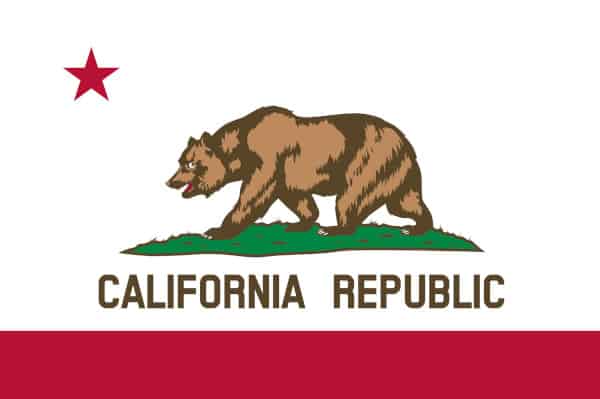
California
California adopted the IRC’s residential sprinkler requirement statewide in January of 2011. But numerous municipalities in California independently passed residential sprinkler requirements before the mandates were even written into model codes.
A homebuilders’ trade group decided not to challenge the state code council’s verdict in the legislature, according to one official, because they thought it would be a losing proposition and because the group has a long-lasting pledge to treat the International Code Council’s guidelines as a minimum standard—even though they may disagree with them.
The impact of the law on lowering sprinkler installation costs has been significant. According to “a recent study that looked at installation scenarios in 51 homes in 17 communities across North America,” the cost to install new sprinklers is “is less than $1 per sprinklered square foot … in some parts of California.”
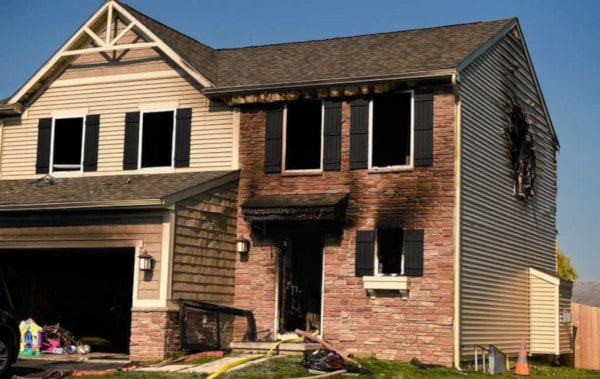
New York
Following the death of a two-year-old girl in upstate New York in early May 2015, Jeff Wilkinson, the president of New York’s association of fire marshals and inspectors at that time, recalled the tragedy while petitioning the state to make sprinklers a requirement in new homes.
Builders and housing industry groups spearheaded the opposition to the measure. They were well-equipped, having infused at least $45 million into state lobbying efforts over the previous decade. Radio and newspaper ads funded by real estate trade groups dubbed the mandate a “job-killing proposal” that would “dramatically increase the cost of homeownership.”
In August 2016, the state code council voted 10-3 against updating the state’s sprinkler rule, giving realtors and home builders a hard-fought victory.
New Jersey
The New Jersey state legislature authorized bills in 2014 and 2015 mandating residential sprinklers, each time with roughly a 60 percent majority in each chamber. In the first instance, Gov. Chris Christie chose not to sign it―the equivalent of a veto. In the second case, he delivered a conditional veto, removing the legislation’s core component―the sprinkler mandate.
In announcing his decision, Christie said he was opposed to adding thousands of dollars to the cost of new homes as “citizens continue the struggle to rebuild their lives after Superstorm Sandy.” However, he did insist that state officials review the cost of requiring sprinklers in townhomes, where fires can more easily spread from unit to unit.
Minnesota
Home builders in Minnesota had little trouble finding like-minded supporters in the state legislature, which authorized bills (in 2011 and 2012) prohibiting the addition of a sprinkler requirement in Minnesota’s building code. But that support hit a roadblock when it reached the desk of Governor Mark Dayton, who vetoed both bills.
In explaining his decision, Dayton noted the unease among firefighters “that newly built homes burn more quickly” and recommended the issue be vetted more thoroughly by the state’s building code agency. In 2014, the legislature’s code panel agreed to require fire sprinklers, but soon balked amid mounting pressure from housing groups. The panel reached a compromise that eliminated all but the largest homes from the requirement (those 4,500 square feet or larger).
Real estate and housing industry groups then went back to the legislature to get that requirement overturned. The effort resulted in legislation introducing another measure that would ban any sprinkler requirement―this time attached to a critical infrastructure-funding bill. Despite the intensive lobbying effort, Governor Dayton held firm. He threatened to veto the bill if it included a sprinkler ban. The legislature ultimately backed down.
But that wasn’t the end of it. Home builders then took the battle to court and ultimately prevailed. The Minnesota Court of Appeals decided there has to be “reasoned determination” in choosing a specific standard, and it found no lawful basis for the 4,500 square feet cutoff requirement. The result: sprinklers are currently not required in new homes in Minnesota―of any size.
A successful track record of safety and a plateau in the reduction of home fire deaths may drive sprinkler requirements
Until recently, decreasing numbers of injuries and deaths from residential fires dampened the urgency of the case for sprinklers. Home fire deaths peaked in 1978 at 6,015 fatalities. Deaths then decreased steadily from 1979 to 1982, with a 20 percent drop to 4,820. By 2006, the number had plummeted to 2,155 deaths and 8,800 injuries.
These reductions have stalled in the last decade, however, among growing evidence that newer homes are constructed in a way that allows fires to burn more intensely. While the number of home fires has dropped, the increasing use of lightweight construction materials in the past 25 years has created additional risk during a fire. Open floor plans eliminate walls and doors that can delay the spread of fire and restrict its oxygen supply. In addition, many modern home furnishings that use synthetic materials tend to burn faster.
Another issue that may alter the perspective of home builders is the potential legal liability. Regardless of whether a state jurisdiction chooses to remove fire sprinkler requirements from the IRC, courts may deem that the burden is on home builders to follow recognized fire safety standards when they build a new home. In other words, it’s conceivable that builders who choose not to include sprinklers (notwithstanding the absence of a code mandate) could assume exposure to liability for failing to meet an established and recognized “standard of care.”
Of course, automatic fire sprinklers are a dramatically successful fire safety solution: The National Fire Protection Association reports that homes with sprinklers have an 81 percent lower civilian death rate than homes without them, and 31 percent fewer civilian injuries. When fire sprinklers AND hardwired smoke alarms are present, the death rate drops by 90 percent.
Though it may appear that the residential fire sprinkler battle has reached a sort of equilibrium, one thing is certain: Sprinkler advocates will continue working to plead their case; most home builders’ associations will continue to fight and resist mandates; and homes with sprinklers will continue to be constructed in Maryland, California, DC, and various cities—helping to establish a track record that may prove pivotal in the battles that lie ahead.
If you’re an installer or homeowner looking to buy components for a home fire sprinkler system, check out QRFS’s selection of residential sprinkler heads, as well as our pre-assembled residential riser kits.
If you have any questions about retrofitting an existing structure or need help finding an item, give us a call at 888.361.6662 or email support@qrfs.com.
This blog was originally posted at blog.qrfs.com. Check us out at Facebook.com/QuickResponseFireSupply or on Twitter @QuickResponseFS.


